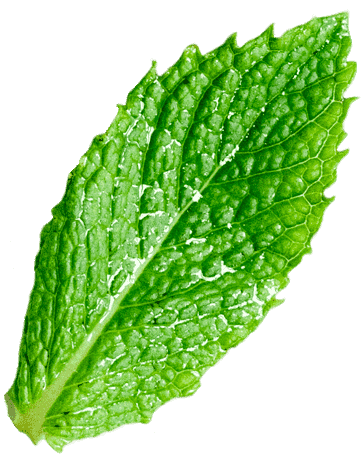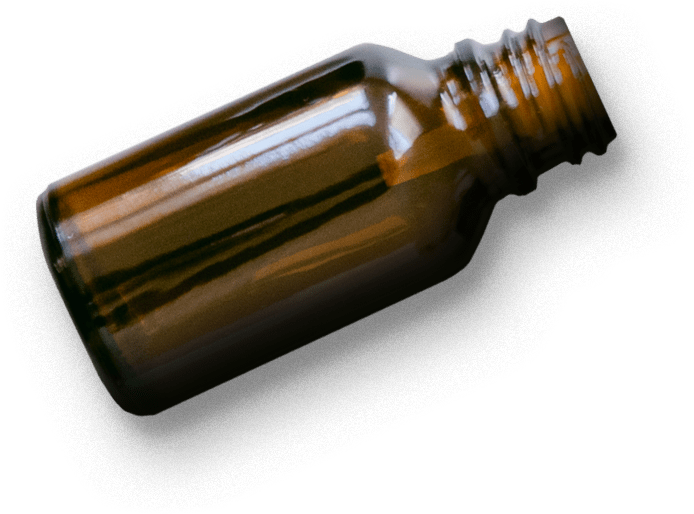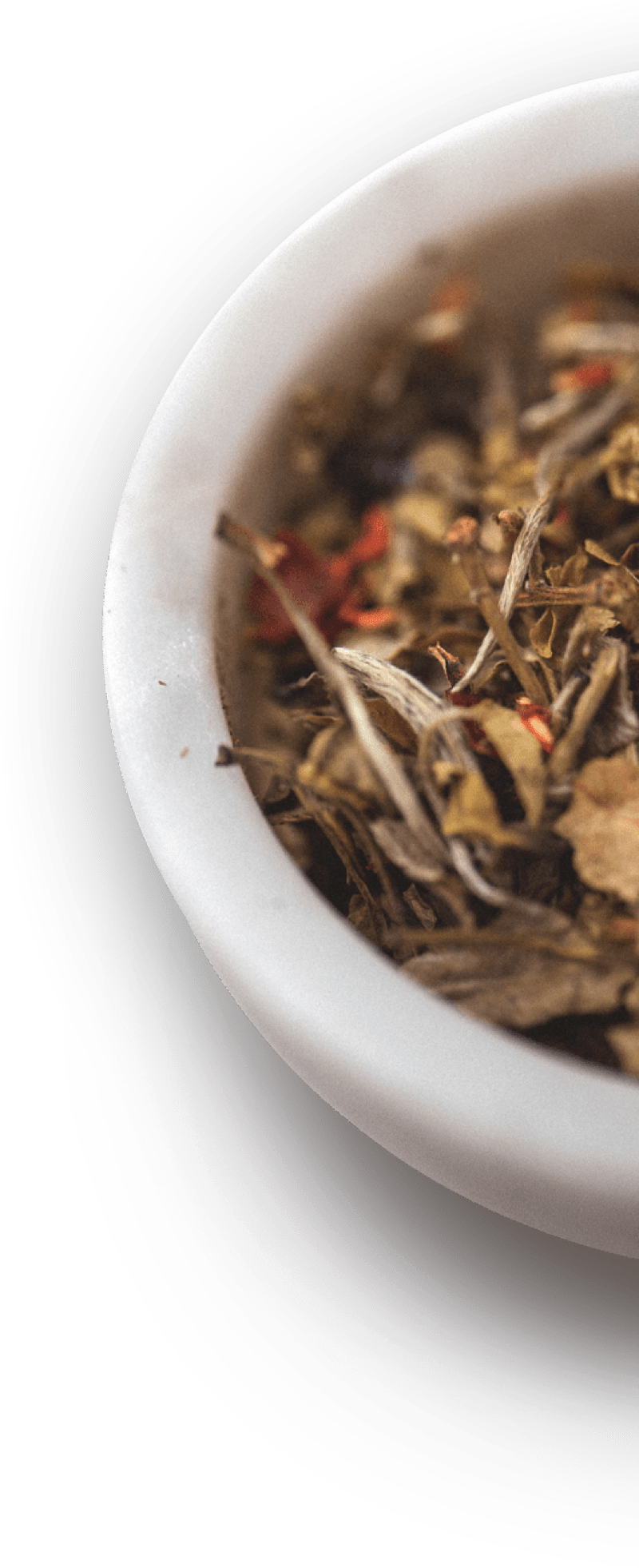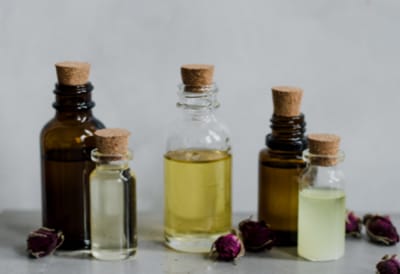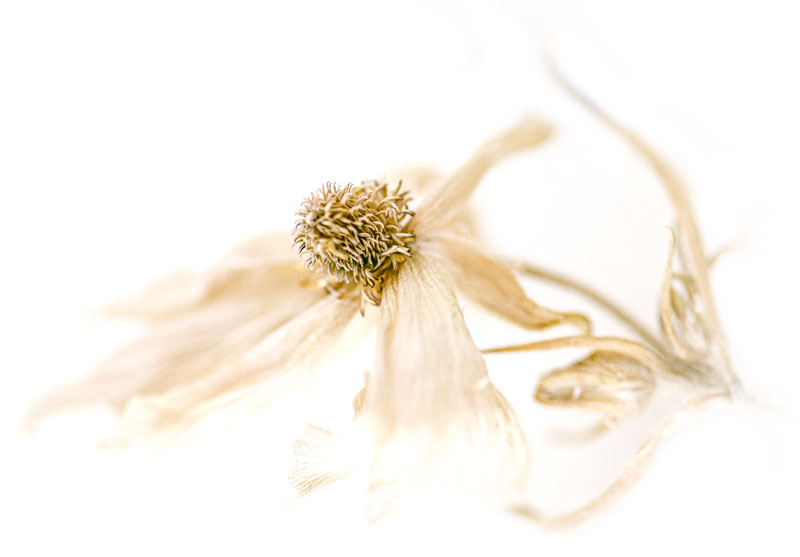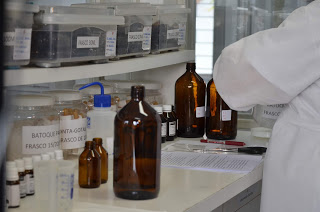
Homeopathic complexes act directly on tumor cells
During these years, participating at National and International Conferences, I discover a strange thing. Homeopathy is similar with religion, that is many people hate it or love it, and our results, what we could see, took photos, registered with several types of equipment, different technologies, displeased many, allopaths and homeopaths.
Homeopaths do not like complexes, and also allopaths disliked it because the products were highly diluted with homeopathic techniques and had no toxicity.
But many people with an open mind could realize the incredible results. So, many health professionals had asked me to summarize the main results obtained, but in a more accessible language and quicker to understand than that found in scientific articles and thesis. And to do it, it is a pleasure, mainly when the last publication is astonishing.
So, I will try to turn available the technical language used in: “In vitro attenuation of classic metastatic melanoma‐related features by highly diluted natural complexes: Molecular and functional analyses”, published in International Journal of Oncology 55: 721-732, 2019, by Jenifer Pendiuk Gonçalves, Francine Bittencourt Potrich, and cols.
First of all, these people from different labs were able to come together and become a Ka-tet*, as said Stephen King in The Dark Tower. With methodology, equipment and reagents, lots of reading, lots of attention to results, careful evaluations, they did a beautiful and revolutionary article.
They used two highly-diluted natural complexes (HDNCs), M1 and M8, that have been shown to be effective against melanoma in vivo. With this study, they showed that these products directly affected melanoma cells, that is, independent of immune cells.
The complexes decreased metastatic phenotype, changing molecule expression and behavior of melanoma cells, modulating adhesion, remodeling Extracellular matrix and modulating angiogenesis. These findings indicate that these complexes directly reprogram melanoma cells.
In this study, they observed that M1 and M8 exerted direct effects on melanoma cells in vitro, when isolated and co‐cultured with fibroblasts, in a non‐cytotoxic manner.
Through different mechanisms, both high diluted complexes modulated key molecules (ROS, PDGF-B, surface adhesion molecules, and MMP-2) for the melanoma cell metastatic phenotype, leading to a reduction in the capacity of the cells to generate new colonies and invade other tissues
It is currently known that molecules can be kept at the air‐liquid interface in between dilutions and be carried to the next ones. In addition, the dilution process involving vigorous shaking may release silicon and silica from the glass vial where it is being produced, which can maintain information from original material under the form of nanoparticles. Therefore, they understand high dilutions as a nanomedicine system.
The data obtained are strongly connected, as the sum of discrete changes on many molecules’ expression related to cell communication, adhesion, migration, and invasion led to the final effect of reducing melanoma cells invasive and clonogenic capacities in vitro.
Likewise, these cell function changes are in strong agreement with previous in vivo results showing M1 and M8 as potent agents against tumor growth and metastasis. As previously proven, M1 and M8 activated immune cells and now it was shown that in addition to immune cells, the products also act discreet but directly on tumor cells.
These results are surprising because they clearly show that they may help to increase the survival of patients with metastasis.
“The most beautiful thing we can experience is a mystery. “Albert Einstein

